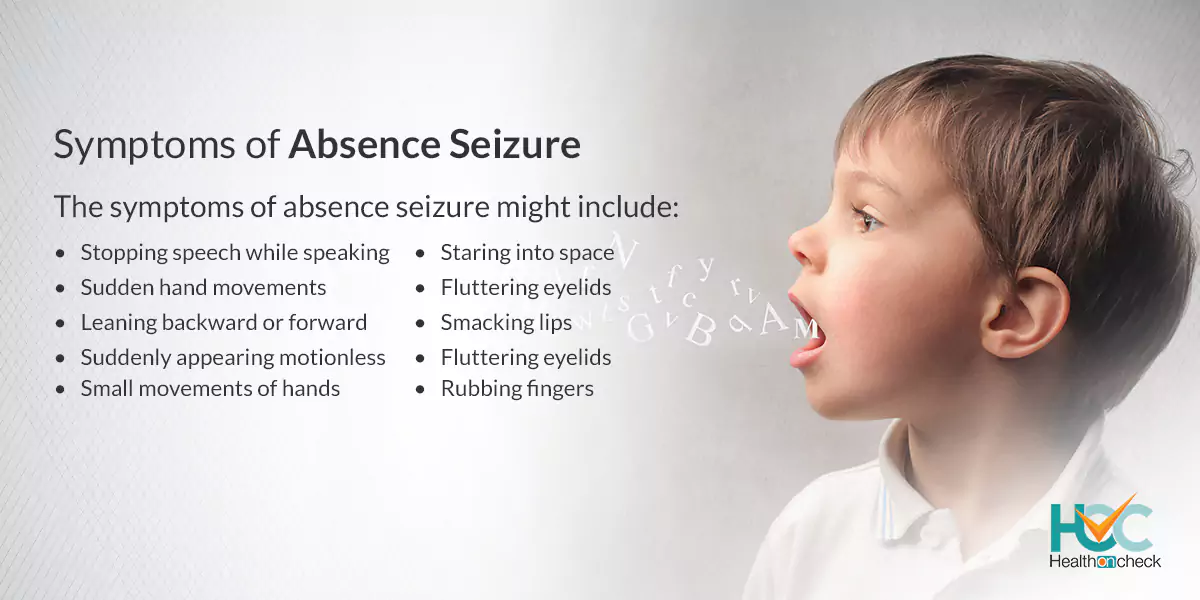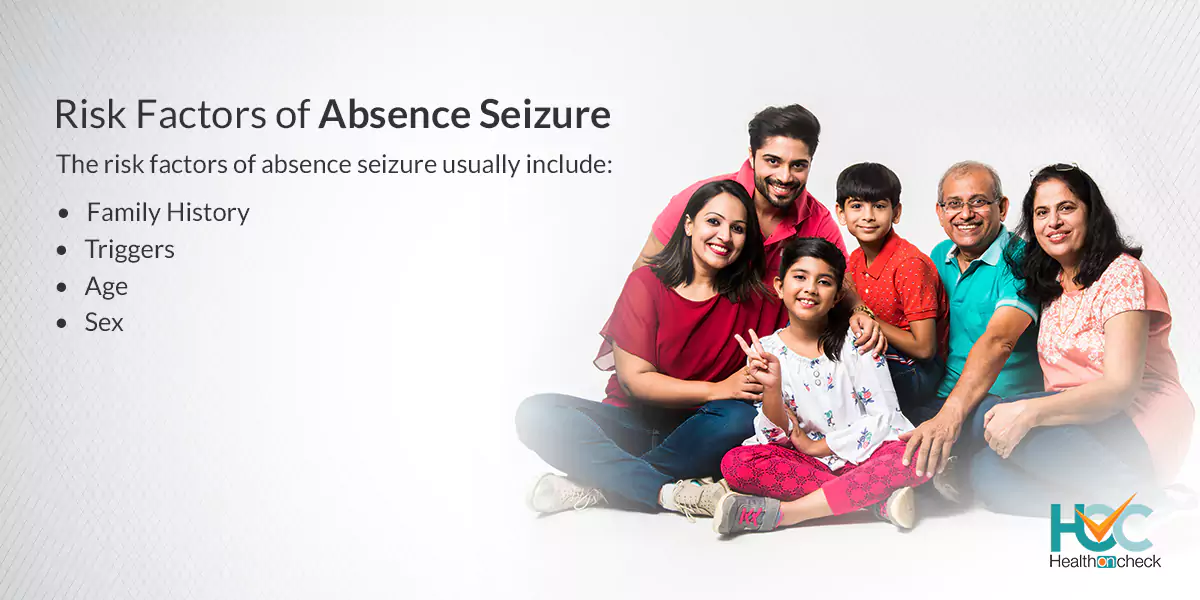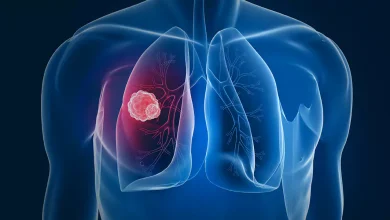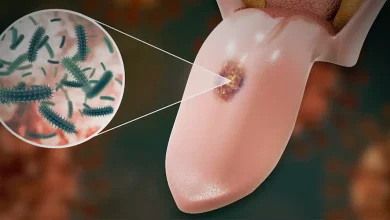All About Absence Seizure

What is Absence Seizure?
Absence Seizure refers to sudden loss of consciousness that usually lasts for fifteen to twenty seconds. Children are more affected by absence seizures than adults. People often mistake absence seizures for not paying attention or daydreaming because when it occurs, the affected person remains still for a few seconds without any movement and then comes back to being alert. The absence seizures among children can be treated with proper medication.
What are the Types of Absence Seizure?
There are two types of absence seizure:
Typical Absence Seizure: It’s the most common type of absence seizure where a child suddenly stops all the activities he/she is doing and seems that the child is looking at nothingness with a blankly look. The eyes will turn upwards with fluttered eyelids. This type of absence seizure mostly lasts for not more than ten seconds.
Atypical Absence Seizure: Atypical absence seizure may be longer with a slower onset and offset as compared to typical absence seizure. The affected child begins staring into space with a blank look. Generally, there will be changes in movement and muscle tone. The affected child will blink regularly with fluttering eyelids. There may be symptoms such as chewing movements, smacking the lips, making unusual hand movements, and rubbing fingers. It lasts longer, around twenty seconds.
What are the Symptoms of Absence Seizure?

The symptoms of absence seizure include:
- Suddenly stopping activities without falling
- Blank stare
- Losing awareness
- Eyelid fluttering
- Nodding head
- Unusual hand or mouth movements
- Chewing movements
- Rubbing the fingers
What Causes Absence Seizure?
An absence seizure is mostly genetic and various types of genes are supposed to be involved. Usually, all types of seizures happen when electric pulses burst in the nerve cells of the brain known as neurons. The main function of neurons is to send chemical and electrical signals to all the synapses that link them. People who have seizures, the normal electrical activity of the brain is changed and when an absence seizure occurs, the electric signals keep repeating again and again in a three-second pattern.
Another cause of absence seizure may be the changed levels of chemical messengers whose function is to aid the nerve cells to make contact with each other.
What are the Risk Factors of Absence Seizure?

The main risk factors of absence seizure are:
Age: Children between the age of 4 to 14 are more prone to absence seizure.
Sex: Girls are at more risk of getting absence seizures than boys.
Family History: If you have a family history of seizures then the risk of absence seizure increases.
Lack of Sleep: If a child does not get enough sleep then it can trigger absence seizure
Emotional Stress: In some children, emotional stress may increase the risk of absence seizure.
What are the Complications of Absence Seizure?
After getting into adulthood, absence seizure in most children usually fades away. Still, there are some complications of absence seizure such as:
- Absence seizure in some children never fades away even after they grow older and they have to take anti-seizure medicines throughout their lives.
- During adulthood, it may turn into generalized tonic-clonic seizures.
- Children with absence seizure may find difficulty in learning
- Behavior issues
- Getting socially isolated
- May harm themselves during the seizure
- Trouble in school
How Absence Seizure is Diagnosed?
You may write down what exactly happened with your child during the seizure along with the symptoms and after going through them, your doctor may be able to say whether it was a seizure or something else. Some tests help in diagnosing absence seizure such as:
Electroencephalography (EEG): Electroencephalography (EEG) is a painless test that helps to measure the waves of the brain’s electrical activity. In the EEG machine, brain waves are transmitted through tiny metal plates known as electrodes which are connected to the scalp with an elastic cap or paste.
Rapid breathing, known as hyperventilation, During an EEG the child may start breathing fast, a condition known as hyperventilation that might trigger an absence seizure. During a seizure, the pattern on the EEG differs from the typical pattern during a seizure which can help the doctor to diagnose absence seizure.
Brain scans: Brain scans involve brain-imaging procedures like an MRI which helps to rule out other conditions including a brain tumor or a stroke. Brain scans produce detailed images of the brain which helps the doctors to see the neurological activities of the brain which helps in diagnosing absence seizures. Usually, sedations are given during this process because it’s time taking.
What are the Treatment Options Available for Absence Seizure?
Medications are given especially anti-seizure medicines to control absence seizures among children. Some medicines prescribed to treat absence seizure include:
Ethosuximide (Zarontin): Ethosuximide (Zarontin) is the most common medicine doctors prescribe while starting the treatment as seizures respond nicely to this medicine. There may be some side effects of this medicine such as vomiting, nausea, hyperactivity, sleepiness, and sleep disturbances.
Valproic acid: Children suffering from both absence and tonic-clonic seizures are given this medicine as it helps to ease the symptoms of seizures. Some possible side effects of this medicine can be attention issues, nausea, unexpected weight gain, and augmented appetite.
Women who suffer from absence seizures even after growing older may face issues such as birth defects in babies. So doctors usually advise not to take this medicine during pregnancy or while trying to get pregnant.
Lamotrigine (Lamictal): This drug is not as effective as ethosuximide or valproic acid, but it does not have many side effects and it helps to ease the symptoms of seizures. Some rare side effects might be nausea and rash.
Living with Absence Seizure
Absence seizures lead to a short-term lapse in awareness among children and last for less than twenty seconds. It mostly occurs in children so during the starting phase you may not be able to find out that your child is suffering from absence seizure. It usually affects a child’s academic performance and also makes them isolated from other students. Teachers may be the first ones to sense the issue because they may notice that sometimes your child loses awareness or because of poor academic performance. But the thing is that around 75% of children with absence seizures get cured after passing a certain age.
Whom to Consult?
If you are noticing that your child may be having seizure issues, epilepsy, and developing symptoms of seizures, talk to your child’s teachers if they have noticed any kind of unusual behaviour like suddenly stopping doing an activity or staring at nothingness then immediately contact a doctor. Your doctor will ask you about the symptoms you have noticed and may refer your child to go through some tests to confirm the absence seizure. If the result comes positive then the doctor will start treatment which you should follow strictly to cure the problem of absence seizure from your child.




